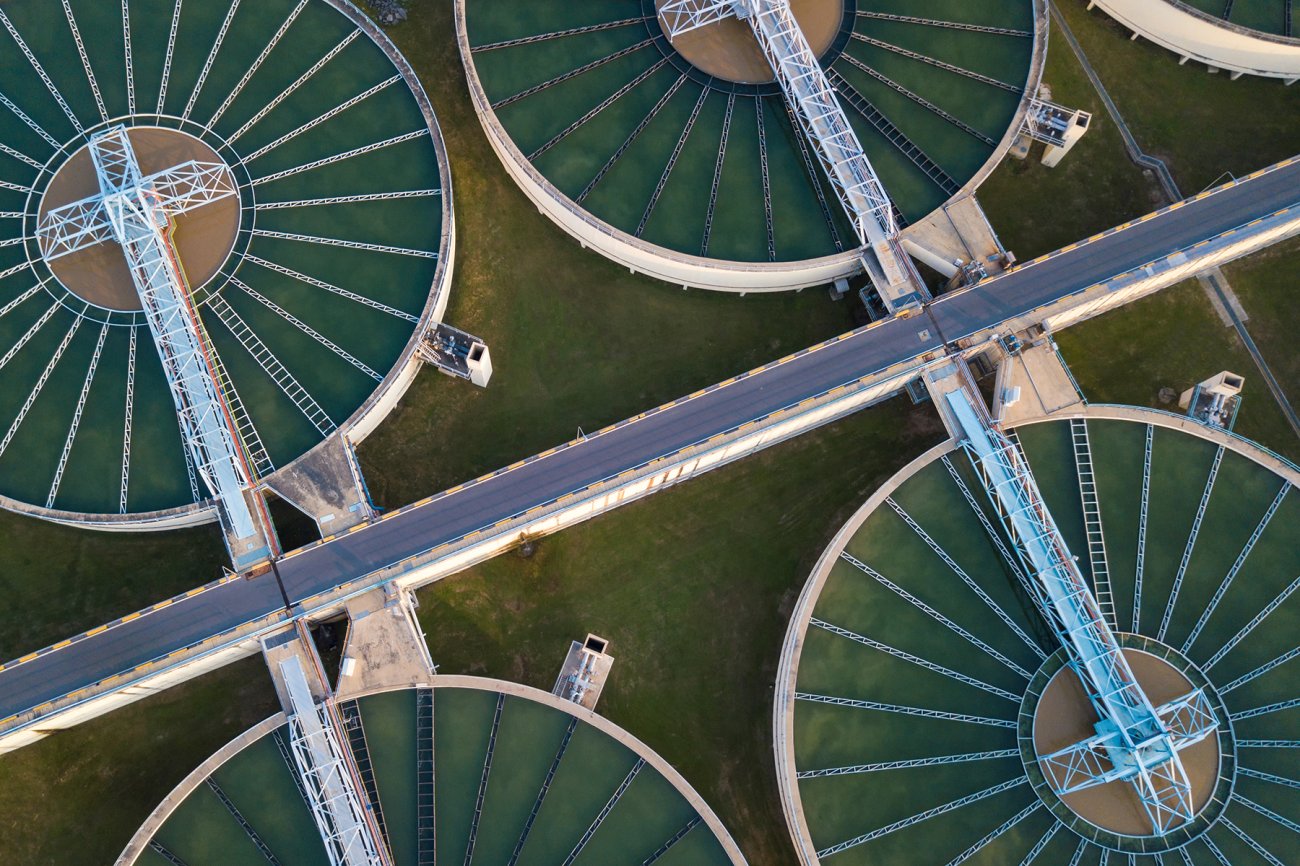Our Reclaim Waste PDFs
8 Easy Facts About Reclaim Waste Explained
Table of ContentsOur Reclaim Waste IdeasReclaim Waste Can Be Fun For EveryoneRumored Buzz on Reclaim WasteReclaim Waste Things To Know Before You BuyReclaim Waste - The Facts
Check out the kinds, events, and types of fluid waste. Domestic sewer waste refers to the waste and items from a residential septic system. This kind of waste is created by humans in residences, schools, and other structures. This only includes septic systems that have a drain field. The appropriate management and disposal of residential sewer waste need fluid waste to be transferred to a sewage therapy plant where the appropriate techniques and equipment are put on detoxify and dispose of waste.
Business waste typically includes prospective threats, such as flammable materials or a mixture of liquid and solid waste products, and needs an extra advanced and detailed disposal process. The disposal of business waste generally involves the filtering of waste prior to transport to make sure secure and proper disposal. Industrial waste is created from results and runoff of industrial processes and production.
This type of waste can not utilize the exact same sewer administration transport or procedures as septic or commercial fluids. The hazardous waste monitoring procedure calls for the examination and testing of liquid waste prior to it undertakes the disposal procedure (liquid waste removal). Runoff waste is the liquid waste that comes from drainage and excess stormwater in very booming locations or cities
Overflow waste can cause contamination and flooding otherwise managed correctly. Find out more concerning sewage system cleansing and waste management. Ensuring correct waste monitoring can avoid catastrophes and decrease ecological harm. Both people in residential settings and specialists in business or production industries can gain from comprehending the processes and guidelines of fluid waste monitoring.
8 Simple Techniques For Reclaim Waste
Get in touch with PROS Services today to discover our waste monitoring and disposal services and the appropriate means to take care of the fluid waste you produce.
(https://reclaim-waste-f27e88.webflow.io/)This so-called 'wastewater' is not just a crucial source however, after treatment, will certainly be launched to our land, rivers or the sea. Utilized water from bathrooms, showers, baths, kitchen sinks, washings and industrial processes is known as wastewater.

water made use of to cool equipment or clean plant and equipment). Stormwater, a kind of wastewater, is runoff that moves from farming and metropolitan locations such as roofing systems, parks, gardens, roadways, paths and seamless gutters into stormwater drains pipes, after rain. Stormwater streams without treatment directly to regional creeks or rivers, at some point reaching the sea.
4 Easy Facts About Reclaim Waste Shown
In Queensland, the majority of wastewater is treated at sewer therapy plants. Wastewater is transferred from domestic or commercial websites with a system of sewage systems and pump stations, known as sewage reticulation, to a sewage therapy plant.
The Division of Natural Resources encourages regional governments about handling, operating and maintaining sewage systems and therapy plants. In unsewered locations, local governments may require homeowners to set up private or house sewage treatment systems to treat residential wastewater from toilets, kitchen areas, bathrooms and washings. The Division of Natural Resources authorizes making use of family systems when they are verified to be efficient.
Many stormwater receives no treatment. In some new subdivisions, therapy of some stormwater to get rid of clutter, sand and crushed rock has started using gross toxin traps. Wastewater therapy takes place in four phases: Removes strong matter. Bigger solids, such as plastics and other objects mistakenly discharged to sewage systems, are eliminated when wastewater is travelled through displays.
Wastewater after that streams right into large tanks where solids work out and are eliminated as sludge. Oil and scum are skimmed from the surface. Uses little living microorganisms understands as micro-organisms to break down and get rid of staying liquified wastes and fine bits. Micro-organisms and wastes are incorporated in the sludge. Eliminates nitrogen and phosphorus nutrients that can create algal flowers in our waterways and endanger aquatic life.
Indicators on Reclaim Waste You Should Know
Nutrient removal is not offered at all sewage treatment plants because it calls for pricey specialised equipment. Clear liquid effluent produced after therapy may still include disease-causing micro-organisms - liquid waste removal.

This typically means wastewater has to be treated or impurities removed before it can be discharged to waterways. Most wastewater streams into the sewerage system. Under the Act, city governments carry out authorizations and licences for ecologically relevant tasks (ERAs) including wastewater releases that could have a regional effect. The division provides authorizations and licences to ERAs entailing wastewater releases that might have a regional or statewide influence.
More About Reclaim Waste
Otherwise, samples are considered lab evaluation. Often numerous examinations are needed to establish the degrees of each of the different toxins such as oils, hefty metals and pesticides in water. Surveillance supplies factual info regarding water high quality and can verify that permit problems are being satisfied. The info gotten via monitoring gives the basis for making water top quality choices.